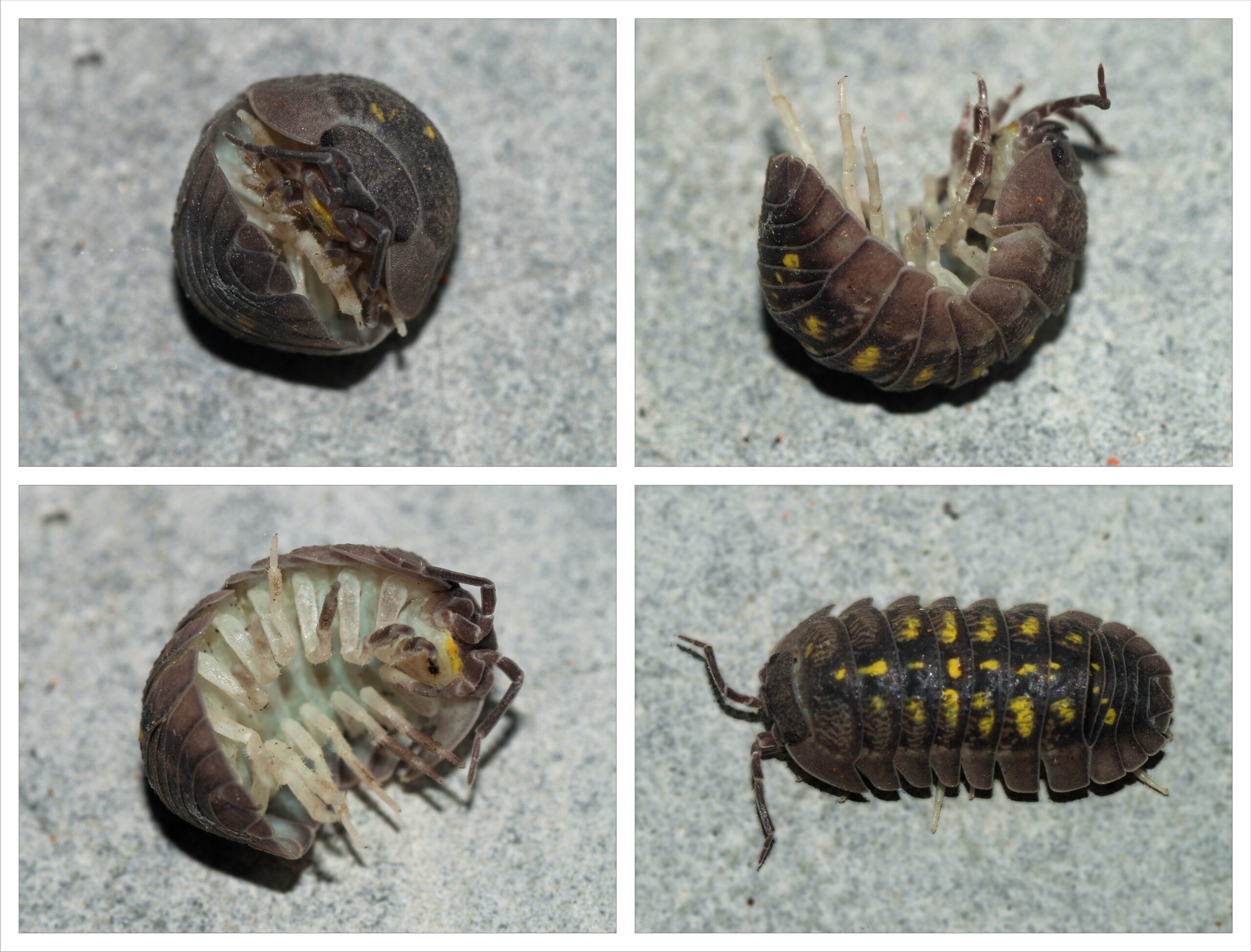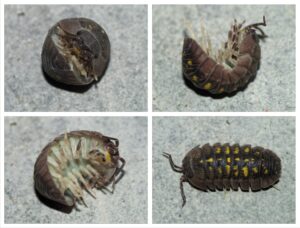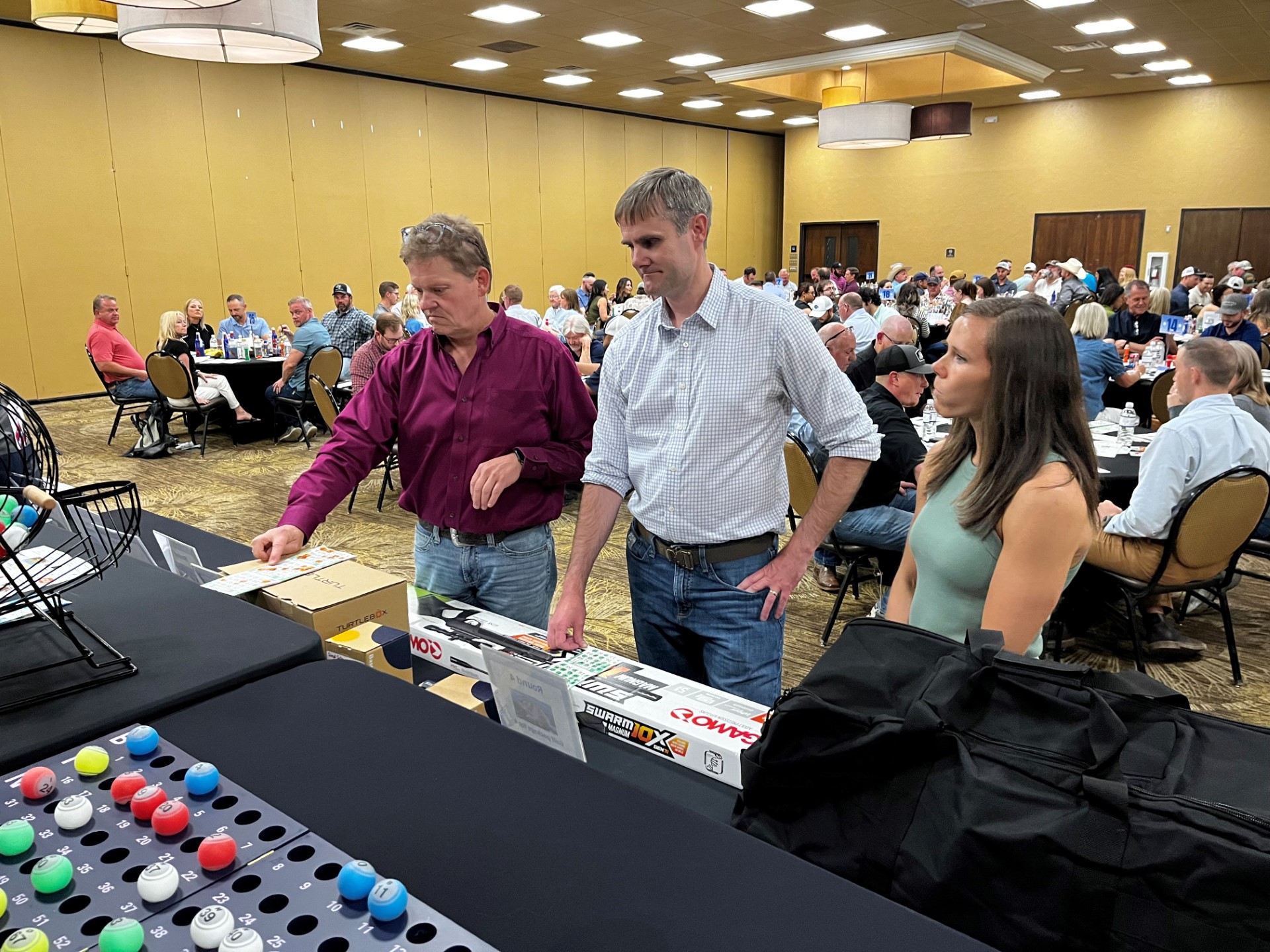Pillbug vs Sowbug: a common garden pest by Brad Johnson


[adning id=”33097″]
Holy Moly! They’re Roly Polies!
Especially on damp, more humid mornings, you may notice more Pillbugs (aka Roly Poly) on the driveway, sidewalk, around the foundation of your home, and in flowerbeds.
Pillbugs (family Armadillididae) and Sowbugs (family Porcellionidae) are often mistaken as insects and for the same species. Pillbugs and Sowbugs are soil-dwelling (terrestrial) crustaceans, in the order Isopoda (called Isopods), according to a publication from the University of California-Davis. While their primary diet is decaying plant material, they also eat fruit, succulent plant parts, and vegetables in contact with damp soil.
Adult Pillbugs and Sowbugs have seven pairs of legs, which are attached (each pair) to the seven large thoracic segments. Other distinguishable parts include a small head and six small abdominal segments. By comparison, adult insects (and many juveniles) have three pairs of legs.
Pillbugs and Sowbugs have a hard, shell-like covering, made of a series of segmented plates, with the body being oblong or oval. The back of Pillbugs is domed, while the back of Sowbugs is more flattened, with both adult species measuring 1/3 to ¾ of an inch long.
Immature Pillbugs and Sowbugs are pale yellow to whitish, measuring about 1/12 of an inch. As they reach maturity, older individuals are brown to dark gray, but if they’ve recently molted are more blue or purplish.
Pillbugs earn the nickname Roly Poly, because of their ability to roll into a ball as a defensive behavior when disturbed. When rolled into a ball, Pillbugs look like a pill, hence the name.
Sowbugs are not able to roll into a ball and have distinct appendages protruding from their rear, while the rear of Pillbugs is smoothly rounded.
Females have brood sacs on their underside, where eggs are retained for about one month. After hatching, the juveniles remain in the brood sacs for about two more weeks before emerging. Juvenile Pillbugs and Sowbugs molt (shed their covering, then grow a new, larger covering) every one to two weeks for the next 18 weeks. The posterior (rear) part of the body sheds first, while the anterior (head) portion sheds about three days later. Adults may live two to five years.

Decaying plant material is the traditional diet of Pillbugs and Sowbugs, as they are important decomposers of organic matter. Seedlings, new roots, low-hanging leaves, and fruits or vegetables in contact with the soil, may also be food sources, plus their tendency to come indoors, can result in Pillbugs and Sowbugs being a nuisance.
Suggestions if Pillbugs and Sowbugs become major problems outdoors:
- Reduce the amount of decaying organic matter on the soil;
- Only irrigate to the extent compatible with healthy plant growth;
- Irrigate early in the day, so surfaces are drier by evening;
- Keep compost and mulch back from plants and the foundation of buildings;
- Use inorganic mulch and drip or furrow irrigation (instead of sprinklers) in raised beds or planting boxes.
Thoughts on preventing Pillbugs and Sowbugs from coming indoors:
- Install weather stripping and door sweeps (bottom barriers).
- Prevent water from getting close to foundations, particularly near entrances.
- Keep hiding places (plants, mulch, other debris, etc.) at least several inches back from foundations and back further from entrances.
- Seal or screen building gaps and openings.
- Reduce outside lights’ attraction to Pillbugs and Sowbugs. For example: reduce brightness, change to motion-activated security lights, and/or experiment with yellow or other-colored lighting.
Brad Johnson is an Agriculture Agent for Prairie View A&M University Cooperative Extension Program in Hopkins and Red River Counties.
[adning id=”33097″]














